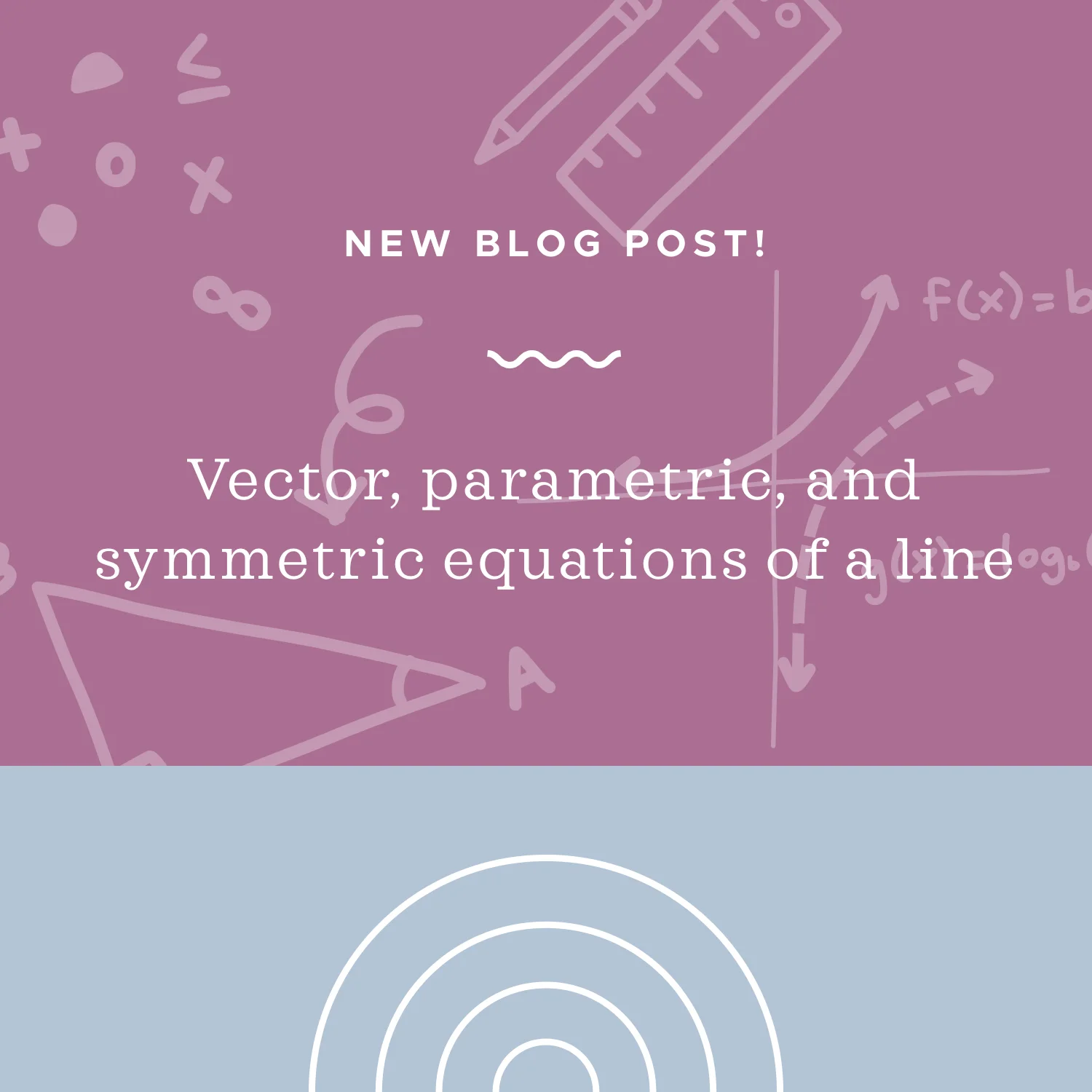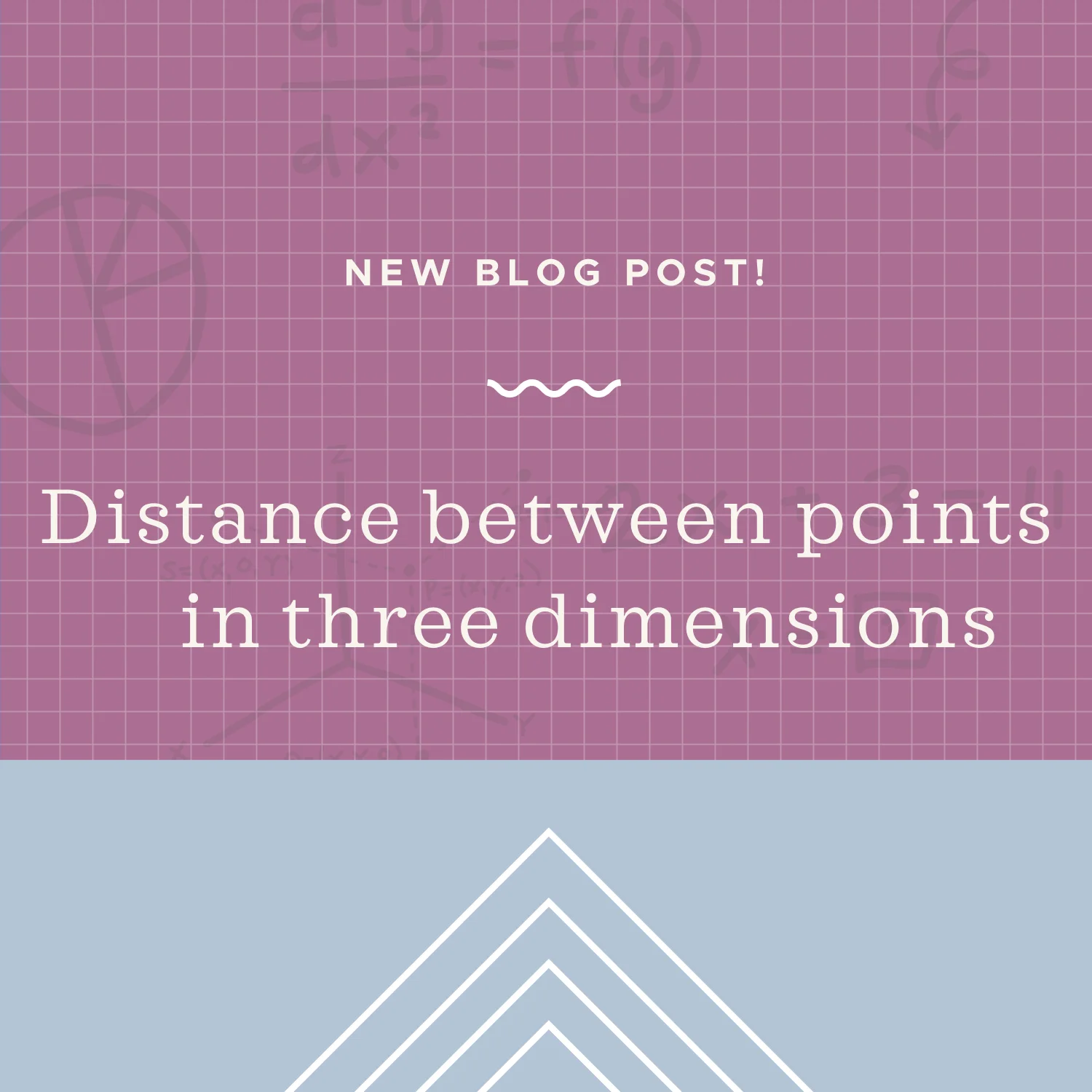To find curvature at a particular point, we’ll 1) Find r'(t) and use it to 2) Find |r'(t)| and then use r'(t) and |r'(t)| to 3) Find T(t), and then use it to 4) Find T'(t), and then use it to 5) Find |T'(t)|, and then use |r'(t)| and |T'(t)| to 6) Find curvature at the point t that we’re interested in.
Read MoreIn single variable calculus we learned how to evaluate an integral over an interval ???[a,b]??? in order to calculate the area under the curve on that interval. We could approximate the area under the curve using a Riemann sum, or calculate the area exactly using an integral.
Read MoreA vector field F is called conservative if it’s the gradient of some scalar function. In this situation f is called a potential function for F. In this lesson we’ll look at how to find the potential function for a vector field.
Read MoreIndependence of path is a property of conservative vector fields. If a conservative vector field contains the entire curve C, then the line integral over the curve C will be independent of path, because every line integral in a conservative vector field is independent of path, since all conservative vector fields are path independent.
Read MoreGreen’s Theorem gives us a way to change a line integral into a double integral. If a line integral is particularly difficult to evaluate, then using Green’s Theorem to change it to a double integral might be a good way to approach the problem.
Read MoreIf we want to find the acute angle between two lines, we can convert the lines to standard vector form and then use the formula cos(theta)=(a•b)/(|a||b|), where a and b are the given vectors, a•b is the dot product of the vectors, |a| is the magnitude of the vector a (its length) and |b| is the magnitude of the vector b (its length).
Read MoreJust as we did with single variable functions, we can use the second derivative test with multivariable functions to classify any critical points that the function might have. To use the second derivative test, we’ll need to take partial derivatives of the function with respect to each variable. Once we have the partial derivatives, we’ll set them equal to 0 and use these as a system of simultaneous equations to solve for the coordinates of all possible critical points.
Read MoreWe previously learned how to find the gradient vector at a specific point. To find the equation of the tangent plane, we can just use the formula for the gradient vector where (x,y) is the point we’re interested in.
Read MoreIf we want to find the acute angle between two curves, we’ll find the tangent lines to both curves at their point(s) of intersection, convert the tangent lines to standard vector form and then use the formula for the acute angle, given by cos(theta), where a and b are the given vectors, a•b is the dot product of the vectors, |a| is the magnitude of the vector a (its length) and |b| is the magnitude of the vector b (its length).
Read MoreVector, parametric, and symmetric equations are different types of equations that can be used to represent the same line. We use different equations at different times to tell us information about the line, so we need to know how to find all three types of equations.
Read MoreIn this lesson we’ll look at the step-by-step process for finding the equations of the normal and osculating planes of a vector function. We’ll need to use the binormal vector, but we can only find the binormal vector by using the unit tangent vector and unit normal vector, so we’ll need to start by first finding those unit vectors.
Read MoreThe unit tangent vector T(t) of a vector function is the vector that’s 1 unit long and tangent to the vector function at the point t. Remember that |r'(t)| is the magnitude of the derivative of the vector function at time t. The unit normal vector N(t) of the same vector function is the vector that’s 1 unit long and perpendicular to the unit tangent vector at the same point t.
Read MoreSometimes the easiest way to sketch a three-dimensional curve is to sketch its projections on the xy-, xz-, and yz-coordinate planes. Think about the projections of a curve as the shadows they cast against the coordinate planes.
Read MoreTo change a triple integral into cylindrical coordinates, we’ll need to convert the limits of integration, the function itself, and dV from rectangular coordinates into cylindrical coordinates. The variable z remains, but x will change to rcos(theta), and y will change to rsin(theta). dV will convert to r dz dr d(theta).
Read MoreGiven a position function r(t) that models the position of an object over time, velocity v(t) is the derivative of position, and acceleration a(t) is the derivative of velocity, which means that acceleration is also the second derivative of position. Which means we can integrate acceleration to find velocity, and integrate velocity to find position.
Read MoreGreen’s theorem gives us a way to change a line integral into a double integral. If a line integral is particularly difficult to evaluate, then using Green’s theorem to change it to a double integral might be a good way to approach the problem.
Read MoreTo determine whether two lines are parallel, intersecting, skew, or perpendicular, we’ll test first to see if the lines are parallel. If they aren’t parallel, then we test to see whether they’re intersecting. If they’re intersecting, then we test to see whether they are perpendicular, specifically. If they’re not intersecting, we skip the test for perpendicularity, and then we test for skewness.
Read MoreIterated integrals are double or triple integrals whose limits of integration are already specified. In this lesson, we’ll look at how to evaluate triple iterated integrals by working from the inside toward the outside.
Read MoreGiven two points A and B in three-dimensional space, we can calculate the distance between them using the distance formula. It doesn’t matter which point is A and which point is B. The fact that we square the differences inside the square root means that all of our values will be positive, which means we’ll get a positive value for the distance between the points.
Read MoreWe already know how to find critical points of a multivariable function and use the second derivative test to classify those critical points. But sometimes we’re asked to find and classify the critical points of a multivariable function that’s subject to a secondary constraint equation.
Read More





















